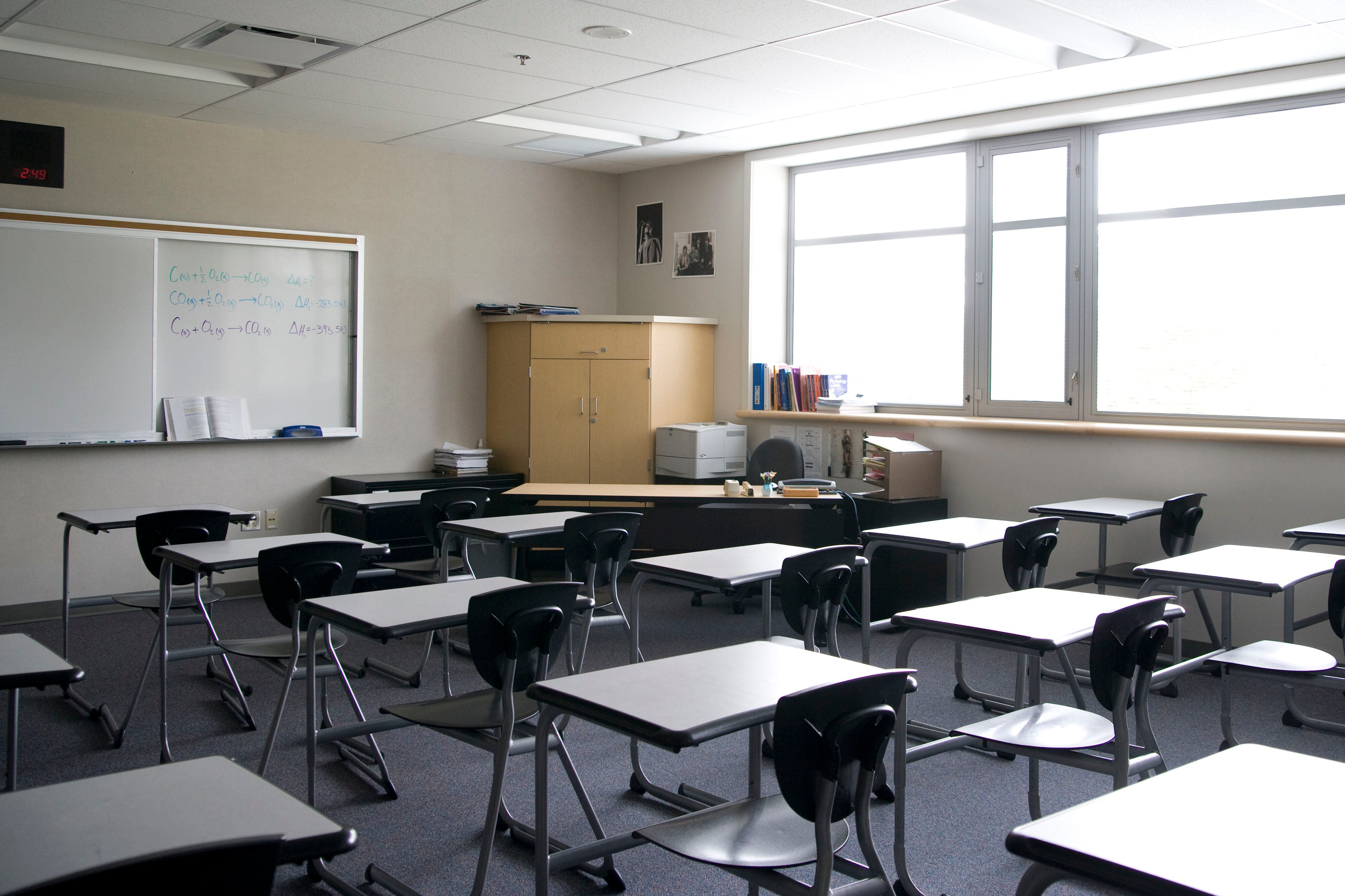Sign up for Chalkbeat Indiana’s free daily newsletter to keep up with Indianapolis Public Schools, Marion County’s township districts, and statewide education news.
A third of Hoosier high school seniors missed 18 or more days of school last year as Indiana seeks solutions to persistently high rates of absenteeism.
Chronic absenteeism has steadily improved in the state since hitting a high of 21% in 2021-22. The absenteeism rate for the 2022-2023 school year was 19%.
But at around 18% in 2023-24, the rate is still much higher than in 2019-20, when only around 11% of students were chronically absent.
Indiana Department of Education officials presented this year’s attendance data to the State Board of Education Wednesday, along with two new dashboards meant to help determine which students need interventions.
It comes as lawmakers prepare to meet to study the issue of absenteeism and make recommendations for how to improve attendance among older students. A bill passed earlier this year has already mandated that schools meet with the parents of absentee elementary students to address their attendance. Those families whose students don’t improve may face criminal prosecution.
Around 205,000 students were chronically absent in Indiana last year, or enough to fill 2,805 school buses, said John Keller, the department’s chief technology officer. That’s less than the 220,000 who were chronically absent the year before.
“I believe we have turned a corner. These are not insignificant improvements but obviously we have not returned to pre-pandmeic attendance,” Keller said.
Like in previous years, absenteeism continues to be worse in the earliest grades and in high school, when one-quarter of juniors and one-third of seniors miss at least 10% of the school year.
Poor attendance impacts academic performance across all grade levels, department officials said. While 84.2% of students who were not chronically absent passed the state’s third grade reading test, the IREAD-3, just two-thirds of students who were chronically absent did the same.
“[Absenteeism] is a lot higher than it should be when our teachers are working on the foundations with kids,” said Secretary of Education Katie Jenner.
Students who were frequently absent also had significantly lower scores on the ILEARN exam, as well as on the SAT. On the math portion of the ILEARN, for example, just 18% of chronically absent students scored proficient or better, compared to 44% of not chronically absent students.
Department officials highlighted a decline in the number of schools with high absenteeism this year. Still, there are 74 schools in Indiana where more than 50% of students are chronically absent, down from 82 last year.
To combat the issue, the department wants to make attendance data more accessible to both schools and members of the public via an online dashboard.
Schools already have access to the dashboard and can see a student’s attendance in real-time, as well as how attendance fluctuates throughout the year. Members of the public will have access to the dashboard beginning next month, according to Keller.
The public dashboard will not offer real-time data, which can change, but instead provide insights from past years from schools and districts across the state.
This week, the department also began testing a pilot version of its Early Warning Dashboard, which uses data from past high school graduates to predict which current students are at risk of not graduating.
The dashboard, which is being piloted by 11 school districts for two months, pulls information on attendance, coursework, and behavior among other factors to help schools determine how to intervene. The dashboard is set to roll out to more schools over this school year.
Its goal is to “provide actionable data for educators and families as they work together to support students most at risk of not graduating,” according to an IDOE press release.
One student highlighted in the pilot program had missed 325 days of school over the course of their educational career, Keller said.
Aleksandra Appleton covers Indiana education policy and writes about K-12 schools across the state. Contact her at aappleton@chalkbeat.org.






